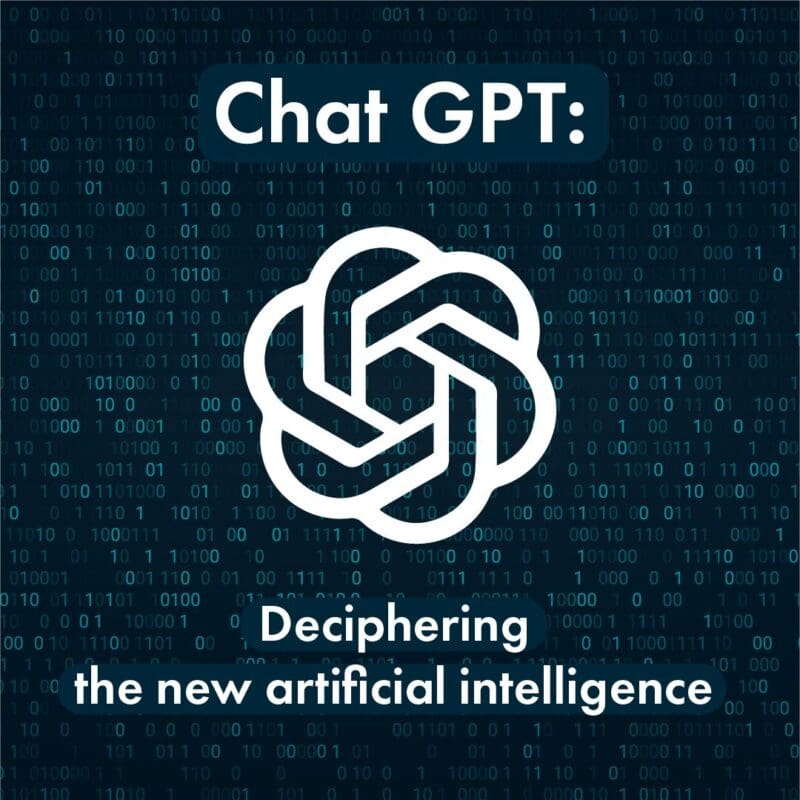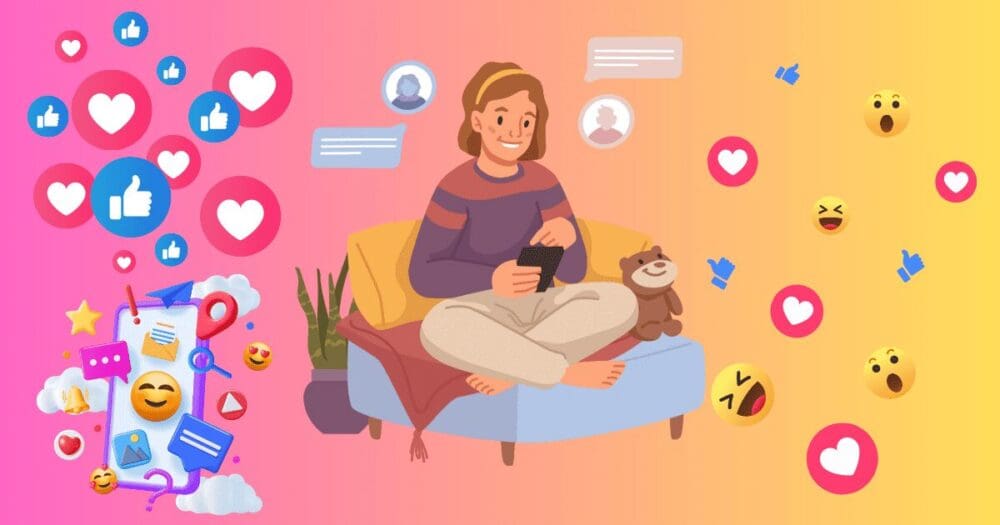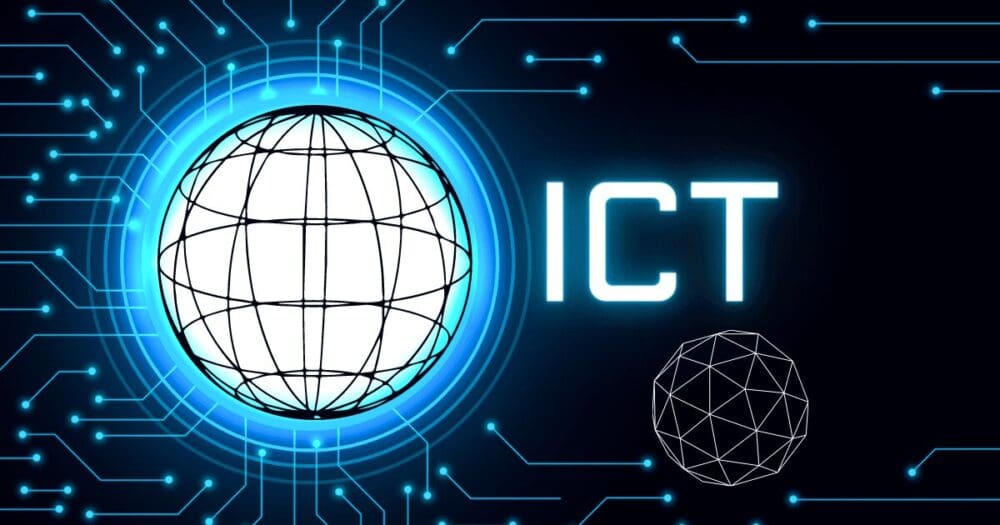ChatGPT: Transforming Linguistic Models for AI in Communication

In the ever-evolving world of artificial intelligence (AI), language models play a pivotal role in communication. Among the groundbreaking advancements in this field is ChatGPT, an AI language model developed by OpenAI. This blog will explore how ChatGPT is revolutionizing the way we communicate with AI, its remarkable capabilities, and its potential implications for various industries.
Evolution of AI Language Models:
The journey of AI language models began with early developments in natural language processing (NLP). However, the real breakthrough came with the introduction of transformer-based models, which significantly improved language understanding and generation. ChatGPT emerged as one of the most prominent transformer-based models, taking AI communication to new heights.
Understanding ChatGPT:
ChatGPT operates on a deep learning framework, utilizing a massive dataset to learn the nuances of human language. Through a process called unsupervised learning, ChatGPT absorbs vast amounts of text data from the internet, enabling it to engage in human-like conversations. Its unique ability to contextually understand and generate text has garnered widespread attention.
Advancements in Communication with ChatGPT:
One of the most remarkable features of ChatGPT is its ability to facilitate human-like conversations. Unlike traditional chatbots that often produce robotic responses, ChatGPT can generate contextually relevant and coherent replies. This advancement has significant implications for customer support and service, allowing businesses to offer more personalized and efficient assistance. Moreover, ChatGPT’s multilingual communication capabilities are breaking language barriers and promoting cross-cultural interaction. It enables seamless communication between individuals speaking different languages, fostering global connectivity like never before.
Applications of ChatGPT in Various Fields:
The versatility of ChatGPT extends to numerous industries. In the realm of content generation and copywriting, ChatGPT is aiding marketers, writers, and content creators by generating engaging and SEO-friendly content. Additionally, in the field of education, ChatGPT serves as a valuable tool for tutoring and educational assistance, helping learners grasp complex concepts in an interactive manner.
Ethical Considerations and Challenges:
Biases present in the training data can inadvertently influence its responses, leading to potentially harmful outcomes. Addressing and mitigating these biases is crucial to ensuring fair and responsible use of ChatGPT. Moreover, protecting user data privacy and security remains a top priority in the deployment of AI language models.
Future Prospects and Implications:
The future of communication is undeniably intertwined with AI language models like ChatGPT. Businesses can leverage its capabilities to streamline customer interactions and enhance the user experiences. The implications of ChatGPT’s transformative potential span across various sectors, paving the way for smarter, more efficient AI-driven communication solutions.
In summary, ChatGPT represents a significant milestone in the world of AI communication. Its contextual understanding, multilingual abilities, and diverse applications make it a game-changer for businesses, educators, and individuals alike. Embracing ChatGPT responsibly and addressing ethical concerns will help unlock its true potential, creating a future where AI-powered communication is seamlessly integrated into our lives. As we continue to explore the possibilities of AI in communication, the world stands on the brink of a communication revolution, powered by the transformative capabilities of ChatGPT.
Also Read:
- Elon Musk Launches New AI Startup to Challenge OpenAI



